|
By: Amaury Gilmaire When we think about the French Revolution, we often refer to the 1789-1799 period where major political and social reforms were made, often by the usage of force or sometimes by more peaceful ways. However, it’s important to define what the French revolution truly means. In this article, we will consider the French Revolution as the substitution of new egalitarian institutions in the place of old feudal institutions. These old feudal institutions can refer to social ones such as the « société d’ordre », which is a form of society where people are separated in different castes or political ones, such as a local lord power. Because of the French Revolution, the modern States emerged in France. With that explanation, the statement from Alexis de Tocqueville in The Old Regime and the Revolution that 3/4 of the French revolution has been achieved before 1789 seems less odd as we will discuss later on. In this short article we’ll have a quick review of the social and political revolution under the old regime, some important dates of the 1789-1799 period and why this period was a failed attempt to reach democracy, according to the work of Hannah Arendt, who is an American philosopher ,who worked on the themes of revolution and liberty. First of all, we can say that the French Revolution started during the old regime by giving the main characteristic of a modern state: a highly centralized power. And with that being said, we can understand what Tocqueville meant. From the 12th century to 1789, France became more centralized. Indeed, before the 12th century, the Kingdom of France was highly decentralized. The king of France had real power only on some parcels of the country, and some local lords had actually more power and influence than the king of France. The system was feudal: a social pyramidal scheme, where a local lord was named and was dependent on a more important lord who himself was dependent on a regional lord. It made sense why some lords were eager to overthrow the king. In the 12th century, after having defeated many rebellions, Lord Philippe Auguste laid the foundational stone of the modern state with a justice reform. He named new officers that spread in the country and were dependent on the king. These officers called « bailli » had to deal with contentious cases, collect some taxes, and explain the situation in the country to Paris three times a year. A second aspect of the French Revolution that emerged during the old regime is an improvement of the social conditions. The rise of the bourgeoisie caused a reduction in the social divide. Furthermore, with Louis XIV rule, the lords saw their power decrease and the bourgeoisie gained influence. At the dawn of the French Revolution, the bourgeoisie was one of the major political forces in France, and a lot of « tiers-état », (the “tiers-etat” was the third and biggest social cast of the old regime) parliamentarian such as Robespierre or Desmoulins belonged to this social class. It’s, however, unfair to say that without the French Revolution, the social climate would have still equalized. Indeed, even though ministers ,such as Turgot, wanted the abolition of privilege, the lords were against it. Furthermore, aside from the nobility and the bourgeoisie, the French population encountered great poverty. The last reform that laid the foundation of the Modern State in France was the centralization made by Louis XIV , who made Versailles the seat of the government. This was a highly administrative place that dealt with many political aspects of the country. This centralization is even more important in the history of France if we take into account the fact that by leaving Paris, the King cut the link that bound him with the Parisian population. According to Jean Sevilla, a French journalist, if the king didn’t leave Paris, the population wouldn’t have followed the deputies and overthrown Louis XVI. Secondly, I will talk about some major reforms of the French Revolution. I’ll try to be exhaustive, and I will spare you the famous dates of the French Revolution to focus only on the ones that led to the rise of the Modern State. The first one that occurred soon after the French Revolution in 1789 was the abolition of privileges.This reformed the social conditions because they were equalized and turned social mobility from an impossible goal to a possible one. The second one is the Le Chapelier law in 1791. With this law, the corporations were abolished, which led to the rise of the Free Market. Corporations were institutions that ruled a profession. For instance, to be able to legally exercise the job of carpenter you would have to register with the carpenter’s corporation. These corporations were created to control prices and to prevent the workers from competition. With the abolition of corporations,France established the free market, and conditions got better because the consumer saw the global price of goods falling. Furthermore, one of the major reforms is a political one where, in 1789, a French assembly was created to draft a constitution. The constitution is an important aspect of the Modern state. It provides the framework of political power for the rulers of a country. The first constitution in 1791 made France a parliamentary monarchy, in 1792 a Republic, then in 1795 a directory ( a parliamentarian regime in which the government is ruled by five directors). From 1792 to 1799, the French Revolution was marked by authoritarian regimes, and from 1793 to 1794 France encountered the period of the Terror( a dictatorship period that occurred from 1793 to 1794) where a great number of French were executed. From 1795 to 1799, the French Directory ruled to preserve the Republic. For instance, this regime overturned the abolishment of the parliament when Royalist or Revolutionary deputes got the majority. The French Revolution ended in 1799 when the French general Napoleon Bonaparte created a new regime and said « Citizens, the Revolution is fixed on the principles that started it: it is finished ». The French Revolution ,which was supposed to give the people a lot more political power, ended up restricting their power at the end of the revolution in 1799( democracy will emerge during the 19th century). It’s not the case of the American Revolution for instance. So how can we explain this discrepancy? Simply because, the aim and the economical situation of these two revolutions were different. The french revolution wasn’t aimed first on liberty ,but on the reduction of social inequalities whereas the American revolution was led in order to get rid of Britain’s dominion. Indeed, the French people rose to protest against misery, and the representative of the people used this occasion to ask for a political reform of the regime. However, as Arendt said In The Freedom to be Free, to be able to be free you need first to be delivered from need, that’s what she meant when she wrote "To be free for freedom means above all to be delivered, not only from fear, but also from need » and as I said previously, the majority of the French population encountered great poverty ( a frumentarian crisis started the riots that led to the French revolution) . As the first aim of this revolution was to get rid of poverty, dictatorship was more eager to be accepted. Indeed, liberty wasn’t the first concern of the population and they were more likely to accept this type of regime than to uprise again. In conclusion, the French Revolution was a long process that lasted 8 centuries. The French Revolution (1789-1889) sped up these reforms, and even though it didn’t have an instant impact on the social and political aspects of the lives of the citizens as many authoritarian regimes gained power, it still had a major influence during the 19th century. Amaury Gilmaire (he/him) is a 17 year old living and studying in Paris, France. He has 3 core passions which include cinema, philosophy, and history. He has joined Culture Talk in order to share his knowledge and to learn from the cultural exchange among international students.
0 Comments
By: Ruben Arteaga May I ask you a question? If I asked you to name a Native American Actor, did anyone come to mind other than Taylor Launter whose Indigenous heritage is distant at best, but can be traced to the Odawa and Potawatomi tribes. Why didn’t Wes Studi, a Cherokee, come to mind? Maybe even Martin Sensmeir of the Tlingit and Koyukon tribe of Alaska. There are a lot of Native Americans in films but they might not always get the role that shares much about their culture/heritage. This can be an issue if the only films that we are watching are ones filled with misinformation and stereotypes:
If you want something close to authentic, real, and honest, here are some of my favorite films that helped me want to learn more on my own outside the world of film.
I hope these films will help you understand the Native American Experience and inspire you to learn more about those who have lived on this land before us. Born in Newport Beach and raised in Irvine, Ruben Arteaga (he/him) is a first generation in the states and identify as Mestizo(Indigenous/Spanish). He is currently enrolled in Santa Ana college majoring in Ethnic Studies. His end goal is to join the United Nations and help create more cultural programs for youth.
|
Details
AuthorCulture Talk Team Archives
May 2021
Categories |
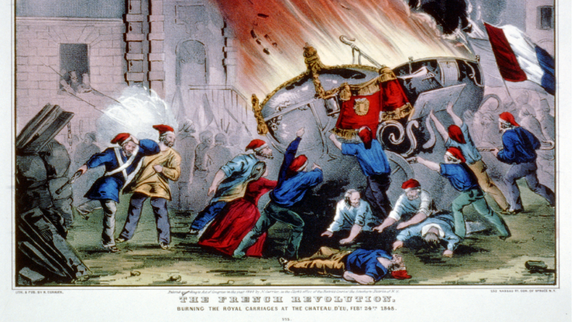
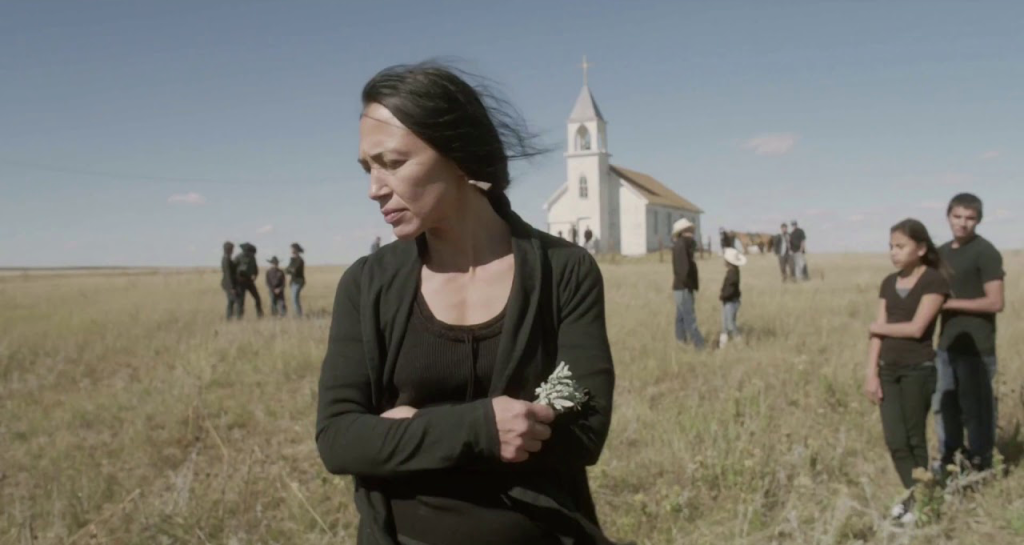

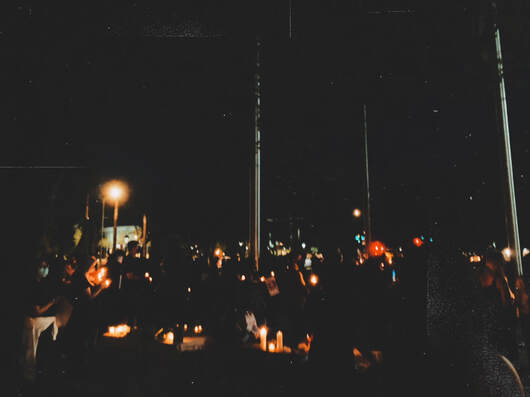
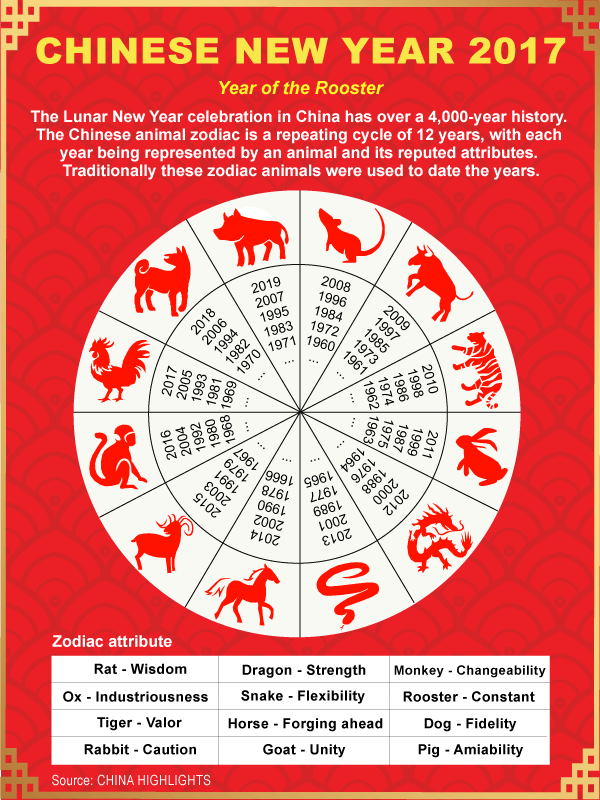
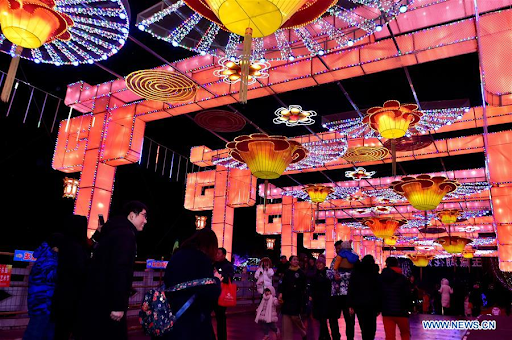
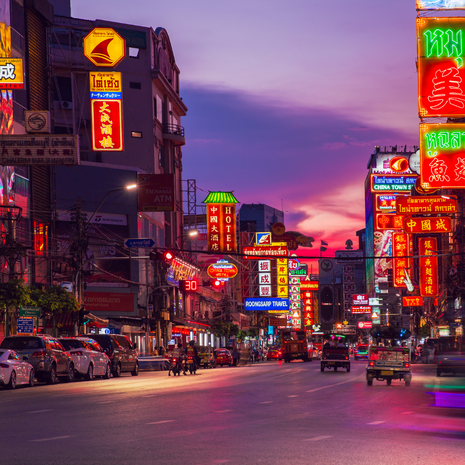

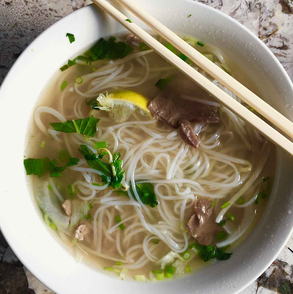
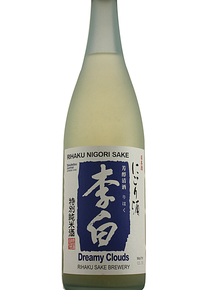
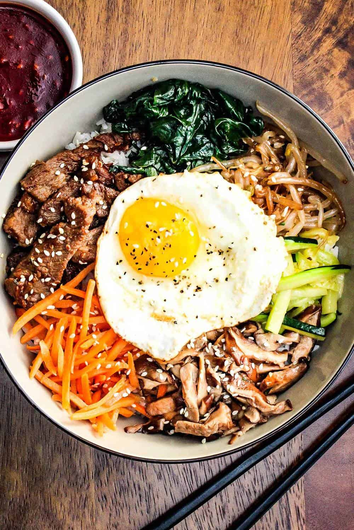


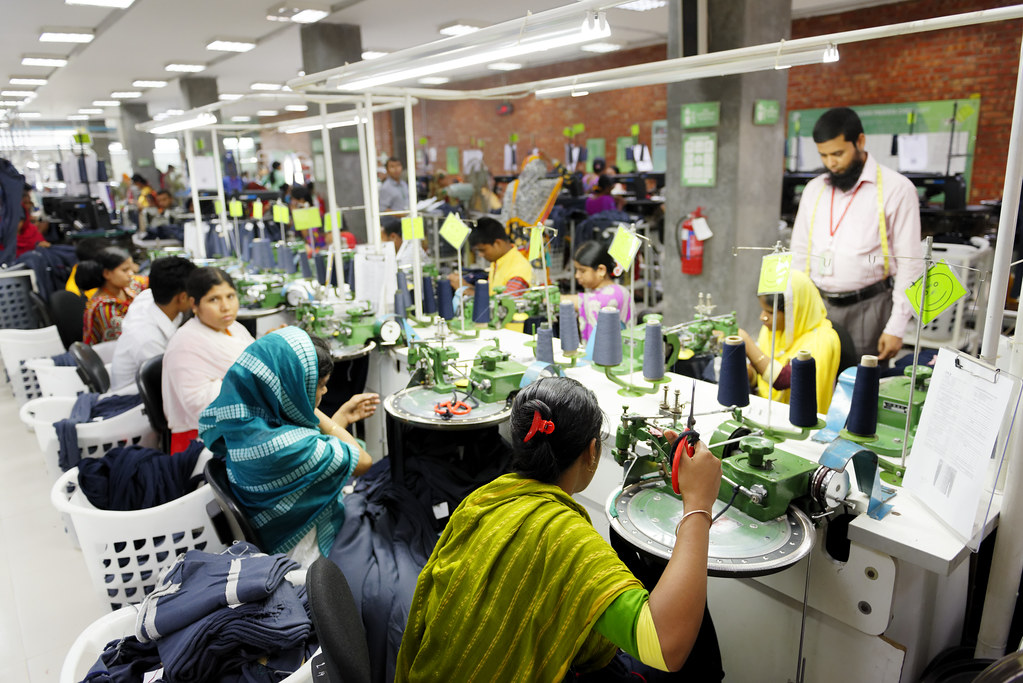

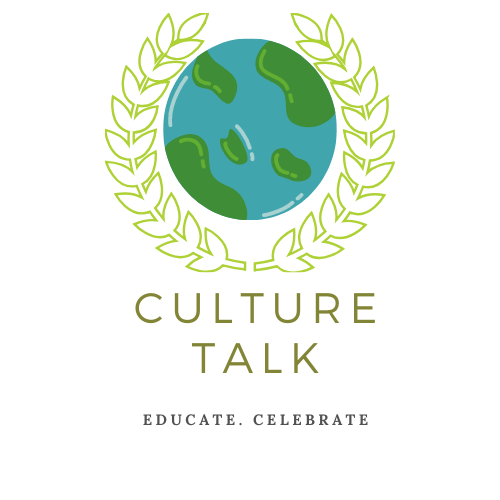
 RSS Feed
RSS Feed